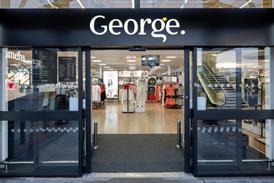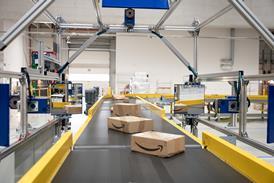John Lewis Partnership profits halve despite sales rise
By Becky Waller-Davies2017-09-14T07:19:00

John Lewis’ half-year pre-tax profits have crashed despite a modest rise in sales across the Partnership.
Already have an account? Sign in here
Want to read more?
Register for LIMITED guest access
Register now© William Reed Ltd 2025. All rights reserved.
Registered Office: Broadfield Park, Crawley RH11 9RT. Registered in England No. 2883992. VAT No. 644 3073 52.
Website Terms | Privacy Notice | Cookie Statement | Cookie Preferences | William Reed and AI
Registered Office: Broadfield Park, Crawley RH11 9RT. Registered in England No. 2883992. VAT No. 644 3073 52.
Website Terms | Privacy Notice | Cookie Statement | Cookie Preferences | William Reed and AI
Site powered by Webvision Cloud



















